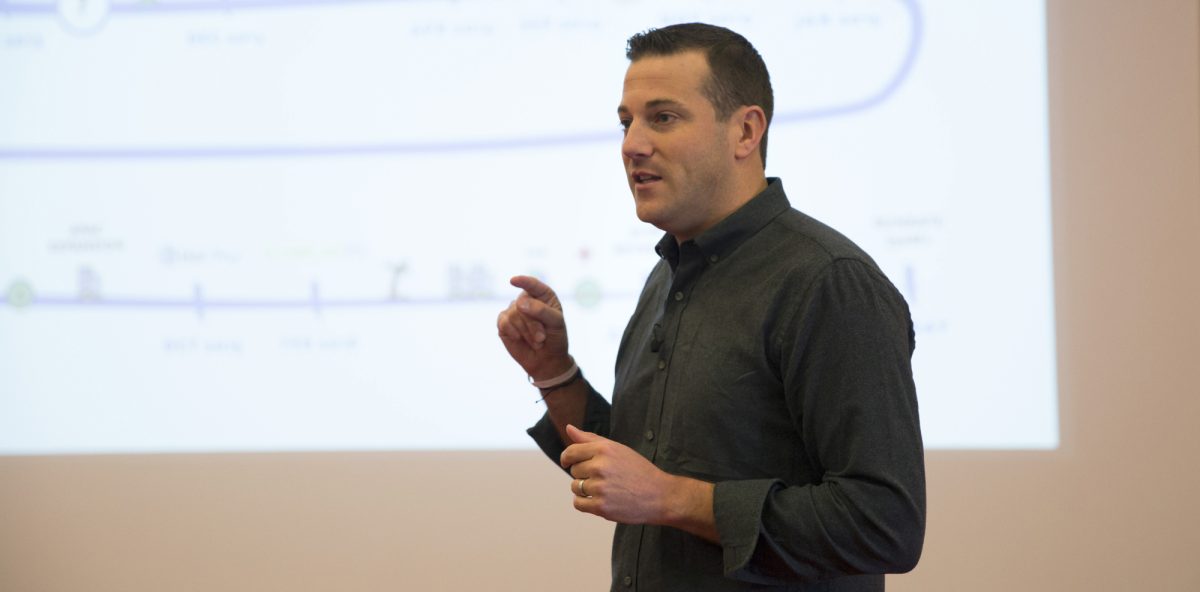
Here are a few opportunities I see emerging in 2018.
## Cross-border payments
Today, the life cycle of an international payment involves multiple players and handoff points, according to Mike Massaro, CEO of Flywire. To make these global transactions easier for payers and receivers, banks will have to accelerate their progress and level of innovation in the area of cross-border payments, Massaro added.
“We saw some good signs in late 2017 with a flurry of announcements about cross-border payment initiatives from big names including Citi, First Data, IBM, JPMorgan Chase, Mastercard, PayPal, Royal Bank of Canada, Swift and Visa,” noted Massaro.
“Banks will always play a critical role in the cross-border ecosystem. These recent announcements show more promise, but will they drive real innovation? 2018 will tell us a lot.”
## The verticalization of payments
In many industries, payments are becoming more verticalized, or optimized for specific sets of customers and requirements. We already see examples of this in healthcare, higher education, K-12 education, kids’ sports, real estate and travel. The drivers for this verticalization can be the type of transaction, specific industry regulations, connected accounts, international requirements or payment-related customer support needs. Expect to see more of this in 2018 as businesses and institutions look more holistically at how to create frictionless relationships with their customers.
## End-to-end global transaction
Today, the lifecycle of a global payment involves multiple players and handoff points. You have different solutions focused on optimizing different aspects of the transaction — from the creation of an invoice, to initiation of a payment, to the foreign exchange transaction, to payment delivery and, ultimately, reconciliation in the biller’s accounting system. In many cases, these handoffs add cost, complexity, cycle time and a lack of transparency for both payer and receiver.
Payers and receivers want solutions that work for them and with the systems and tools they already like using — whether that’s integration with their invoicing and accounting systems, choices of payment methods or local currencies. In 2018, we’ll see more solutions that are capable of plugging into other best- in-class point solutions across the entire payment/receivables lifecycle. This will facilitate a faster, more seamless experience for both payers and receivers.

## Geopolitical shifts
No matter which region of the world you are in, there are many variables that impact payments — security, taxation, import/export regulations, trade agreements, monetary policy, demographic shifts, immigration, politics and more. In response, we see different countries collaborating more closely to create more predictability in their markets and protect their common interests. These collaborations also lead to competition with other regions to attract new trade, build new skill sets or offset aging populations. The Asia- Pacific region has been dominant and grown the fastest in recent years, but we’re starting to see Latin America and Africa emerge, too, building off their mobile technology infrastructures. These shifts create growth opportunities for different players in the global payments ecosystem.
## Predictive modeling
The pace of change today requires all of us in the payments industry to predict the future, to some extent, and we’re beginning to see that as different players in our ecosystem start to incorporate the principles of artificial intelligence and machine learning into their businesses. Whether this is predicting exports, foreign exchange rates or the trajectory of bitcoin investments, the business of payments will increasingly depend on these types of predictive models for success. I expect we’ll see some real progress in this area in 2018, with well-defined use cases that deliver real return on investment (ROI) for organizations.
## Analytics-based payment/receivables management
Whether you are a business, institution or an individual, everyone wants/needs to get paid in a timely manner. Fast or slow payment cycles impact cash flow, investment ability, growth potential, market value and much more. When you are dealing with large payments, typically to businesses and institutions, the stakes are a lot higher. I think we’ll see movement in several areas in 2018 to continue to make payments faster, easier and less expensive. For example:
* Different types of organizations have very different types of relationships with their customers. There are different payment histories, sales cycles, relationship histories, etc. that should be taken into account when it comes to collecting receivables.
* New analytics capabilities are enabling billers to consider these factors to help ensure timely payments. For example, targeted digital campaigns can be automatically initiated that request payments and offer different options based on speci c customer situations. These campaigns can be queued at the earliest warning signs of a potential late payment.
* “Offers” might be one-time payments, automated payment plans, split payments or other incentives that can be adjusted and tailored dynamically based on the customer’s behavior, history, response, etc.
The key is using customer data to engage with consumers at the right time and with the right options — and avoiding more expensive options until they are appropriate and necessary.
